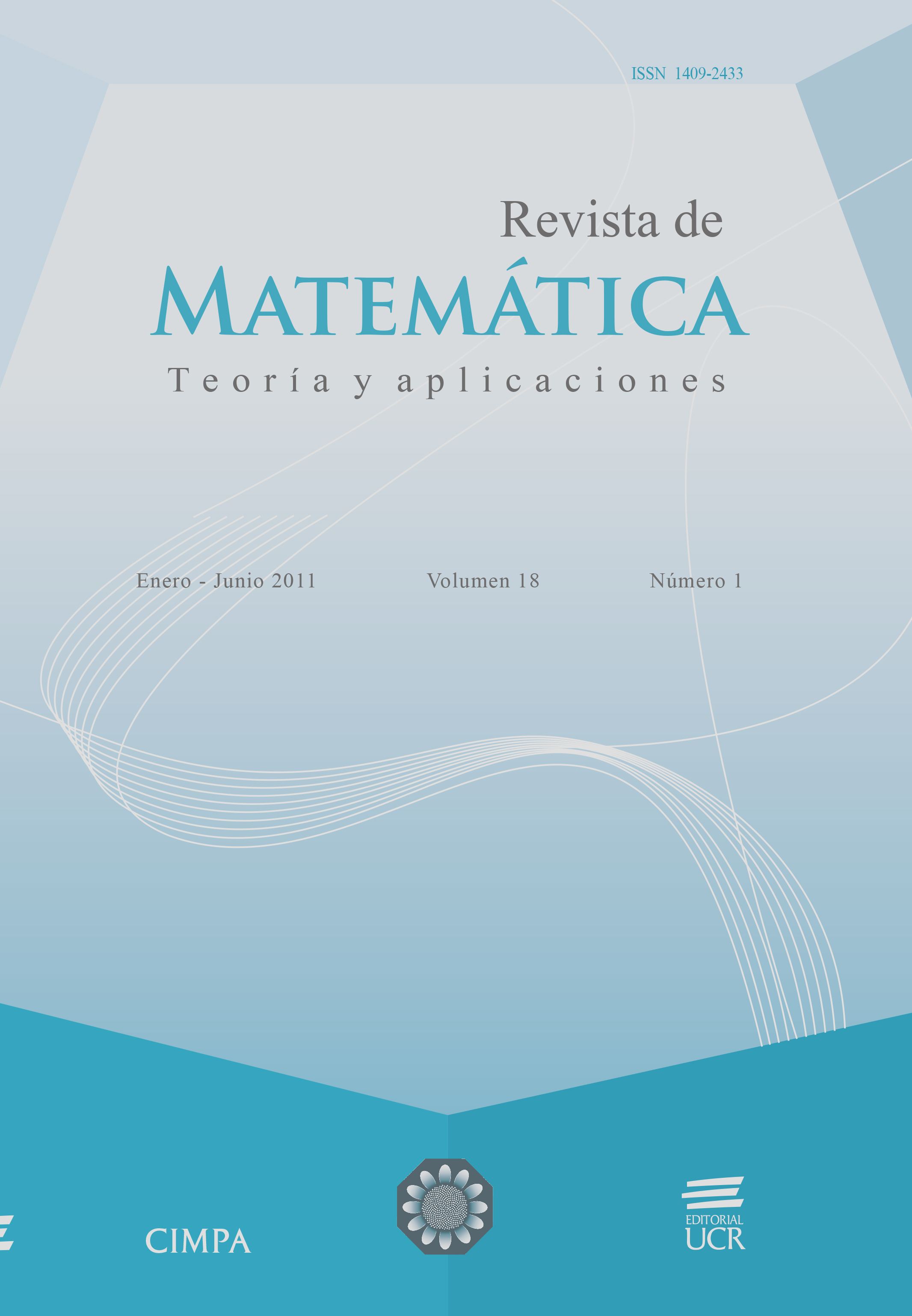Abstract
The decisions of managers regarding the selection of staff strongly determine the success of the company. A correct choice of employees is a source of competitive advantage. We propose a fuzzy method for staff selection, based on competence management and the comparison with the valuation that the company considers the best in each competence (ideal candidate). Our method is based on the Hamming distance and a Matching Level Index. The algorithms, implemented in the software StaffDesigner, allow us to rank the candidates, even when the competences of the ideal candidate have been evaluated only in part. Our approach is applied in a numerical example.
References
Boyatzis, R.E. (1982) The Competent Manager. A Model for Effective Performance. John Wiley & Sons, New York.
Canós, L.; Casasús, T.; Lara, T.; Liern, V.; Pérez, J.C. (2008) “Modelos flexibles de selección de personal basados en la valoración de competencias”, Rect@ 9: 101–122.
Canós, L.; Liern, V. (2008) “Soft computing-based aggregation methods for human resource management”, European Journal of Operational Research 189(3): 669–681.
Canós, L.; Liern, V. (2004) “Some fuzzy models for human resources management”, International Journal of Technology, Policy and Management 4(4): 291–308.
Canós, L.; Valdés, J.; Zaragoza, P.C. (2003) “La gestión por competencias como pieza fundamental para la gestión del conocimiento”, Bolet́ın de Estudios Económicos 58(180): 445–463.
Capaldo. G.; Zollo, G. (2001) “Applying fuzzy logic to personnel assessment: a case study”, Omega 29(6): 585–597.
Carlsson, C.H.; Korhonen, P. (1986) “A parametric approach to fuzzy linear programming”, Fuzzy Sets and Systems 20(1): 17–30.
Chen, L.S.; Cheng, C.H. (2005) “Selecting IS personnel use fuzzy GDSS based on metric distance method”, European Journal of Operational Research 160(3): 803–820.
Dubois, D.; Prade, H. Eds. (2000) Fundamentals of Fuzzy sets. The Handobooks of Fuzzy Sets Series. Kluwer Academic Publishers, Dordrecht.
Gil-Aluja, J. (1998) The Interactive Management of Human Resources in Uncertainty. Kluwer Academic Publishers, Dordrecht.
Goguen, J.A. (1969) “The logic of inexact concepts”, Synthese 19(3-4): 325–373.
Hayes, J.; Ros-Quirie, A.; Allison, C.W. (2000) “Senior managers’ perceptions of the competencies they require for effective performance: implications for training and development”, Personnel Review 29(1): 92–105.
Kaufmann, A.; Gil-Aluja, J. (1987) Técnicas Operativas de Gestión para el Tratamiento de la Incertidumbre. Hispano Europea, Barcelona.
Pereda Marín, S.; Berrocal Berrocal, F. (1999) Gestión de Recursos Humanos por Competencias. Editorial Centro de Estudios Ramón Areces, Madrid.
Spencer, L.M.; Spencer, S.M. (1993) Competence at Work. Models for Superior Performance. Wiley and Sons, New York.
Zadeh, L. (1965) “Fuzzy sets”, Information and Control 8(3): 338–375.
Zimmermann, H.J. (1997) “Fuzzy mathematical programming” in: T. Gal & H.J. Greenberg (Eds.) Advances in Sensitivity Analysis and Parametric Programming, Kluwer Academic Publishers, Boston: 15.1–15.40.





